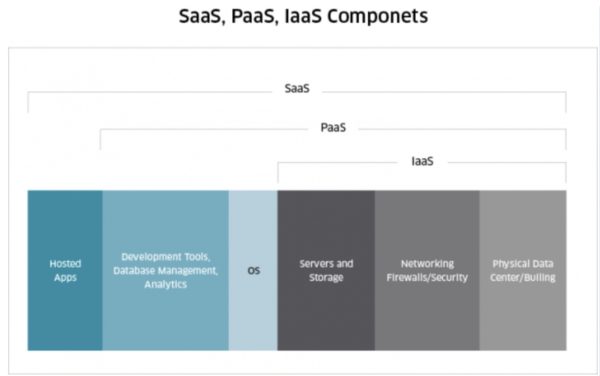My Journey to the World of Multi-cloud: Benefits and Considerations, Part 1 of 4
Author: Antti Pohjolainen, Codento
Background
This is the first of my four blog posts covering my journey to the world of multi-cloud.
While working as the Vice President for Sales at Codento, I have always been passionate about developing my understanding of why customers choose specific business or technological directions.
This was one of the drivers why I started my part-time MBA (Master of Business Administration) studies in the fall of 2020, together with 20 other part-time students. The MBA program was offered by The University of Northampton, which is available from the Helsinki School of Business (Helbus).
The final business research project was the program’s culmination, and the paper was accepted in October 2022. The title of my research project was “Multi-cloud – business benefits, challenges, and market potential”.
This series of blog postings highlight some of the findings from that research paper.
Definition of multi-cloud architecture
Multi-cloud is an architecture where cloud services are accessed across many cloud providers (Mezni and Sellami, 2017). Furthermore, the term refers to an architecture where several cloud computing and storage services are used in a single heterogeneous architecture (Georgios et al., 2021).
Trying to have a tight focus on my research, I limited the research to scenarios where only public cloud services based on Infrastructure as a Service (IaaS) and Platform as a Service (PaaS) were included. Thus, Software as a Service – for example, email such as gmail.com – would not be included in the research. The following figure illustrates SaaS, Paas, and IaaS components:

Figure 1. SaaS, PaaS, IaaS Components. Source: Nasdaq (2017).
Research rationale, research questions, and research methodology
I wanted to understand better the business benefits available from multi-cloud architecture.
My employer – Codento Oy – is the vanguard of the Finnish companies providing services based on Google Cloud, and in most cases, Google Cloud would be a second or third cloud provider for our customers. Thus, multi-cloud expertise is vital to our customer discussions and implementation projects.
To further narrow the scope of the research project, the focus of the paper was set to small to mid-size Finnish companies and public sector organizations.
The main research question the project wanted to find an answer to was “What are the business benefits of using multi-cloud architecture?”
The secondary questions were
- What are the most relevant challenges of using multi-cloud architecture?
- What factors influence the selection of public cloud providers (also known as hyperscaler)? and finally,
- What is the market potential for multi-cloud solutions where Google Cloud is one component in the next three years?
A qualitative approach methodology was selected to have deep conversations with several IT and business leaders from different organizations.
Three different groups of persons were interviewed:
- Customers
- IT service companies
- Hyperscalers
Altogether, 11 interviews took place in July and August 2022:
- IT service providers: CEO, CTOs
- Hyperscalers: Cloud team lead, account manager
- Customers: CEO, CIO, CTOs
The findings of the study will be opened in subsequent blog posts 2-4. Stay tuned!

About the author: Antti “Apo” Pohjolainen, Vice President, Sales, joined Codento in 2019. Antti has led Innofactor’s (Nordic Microsoft IT provider) sales organization in Finland and, prior to that, worked in leadership roles in Microsoft for the Public sector in Finland and Eastern Europe. Apo has been working in different sales roles for longer than he can remember. He gets a “seller’s high” when meeting with customers and finding solutions that provide value for all parties involved.
Please check our online event recordings to learn more:
